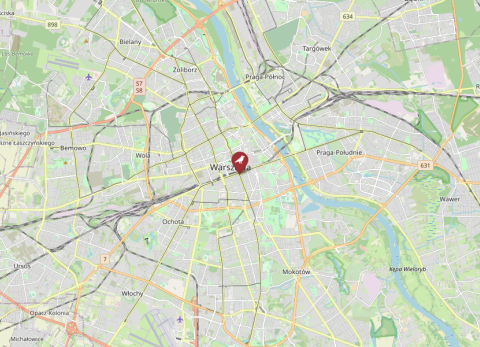Warsaw
View all studies on the map
©
Leaflet | OpenStreetMap | NIOO-KNAW
Details
- Land
-
Poland
- Soort
-
Blue titGreat tit
- Pipeline
- Nee
- Max. nr nestboxes
- 565
- Lopende periode
- 2016–Present
- ID data
- Metal rings
- Omgevingsdata
- Food availability
- Rainfall
- Temperature
- Individuele data
- Morphological measures
- Personality data
- Physiological data
- Habitat
- Mixed
- Urban
- Genetische data
- Blood samples collected
- Feather samples collected
- Basale broeddata
- Ja
- Voederdata beschikbaar
- Ja
Geen data beschikbaar
Data aanvragen
Details
- Land
-
Poland
- Soort
-
Blue titGreat tit
- Pipeline
- Nee
- Max. nr nestboxes
- 565
- Lopende periode
- 2016–Present
- ID data
- Metal rings
- Omgevingsdata
- Food availability
- Rainfall
- Temperature
- Individuele data
- Morphological measures
- Personality data
- Physiological data
- Habitat
- Mixed
- Urban
- Genetische data
- Blood samples collected
- Feather samples collected
- Basale broeddata
- Ja
- Voederdata beschikbaar
- Ja
